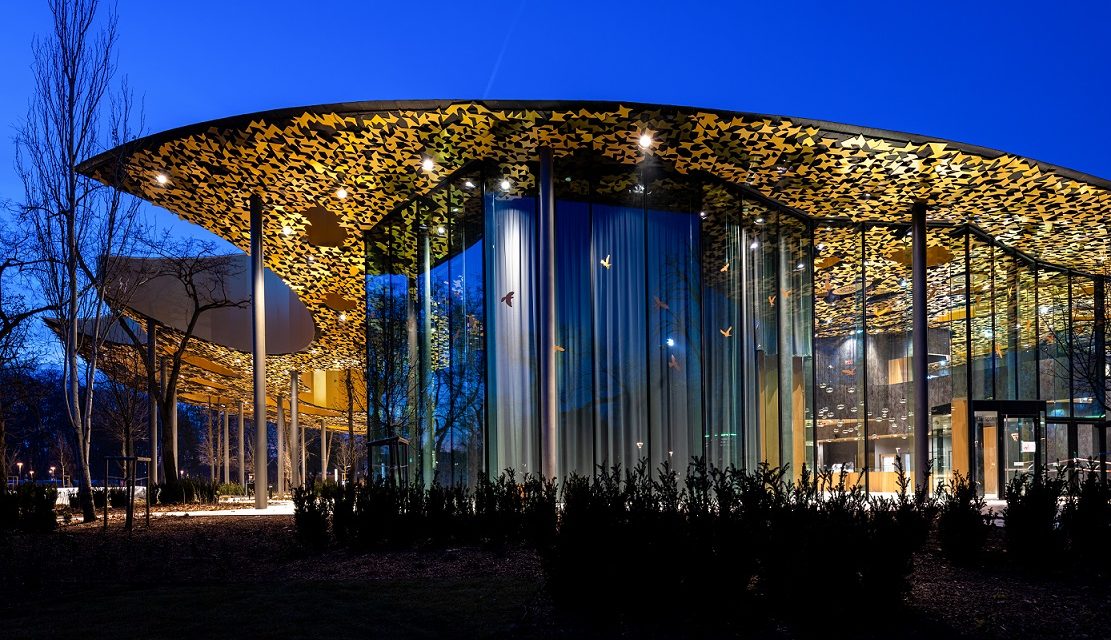The Liget Budapest program has reached its next chapter: the House of Hungarian Music, which is one of the buildings most anticipated by the international profession in 2021, has been completed. Together with the facility, which is unique in the world, about ten thousand square meters of green space will also be renewed. The House of Hungarian Music opens its doors with special exhibitions and music programs at the end of January.
The House of Hungarian Music, built as part of the Liget Budapest Project, will be a real live community space and one of the defining meeting places of Hungarian music life, with exhibition, concert and educational halls, an open-air stage, music education sessions, concerts, exhibitions and a unique sound dome . The new institution will be a harbinger and forum for the greatness of domestic and world music, " said László Baán, ministerial commissioner of the Liget Budapest Project, on M1's Ma regleg program.
The uniqueness of the object is shown by the fact that it was included in the list of the most anticipated buildings of the American news channel CNN, together with only seven other buildings.
The House of Hungarian Music was built next to Lake Városligeti, near Vajdahunyad Castle and the Műjégpálya building, on the site of the disused, now demolished Hungexpo offices that disfigured the park for decades.
Designed by Japanese star architect Fujimoto Sou, the almost completely transparent, environmentally friendly building strives to create a harmonious transition between the natural and artificial environment.
The facility is covered from the inside by Europe's largest glass surface without horizontal divisions.
In some places, its walls consist of nearly four floors of continuous glass surfaces. Several permanent and temporary interactive exhibition spaces have been created below the square level, and music events of various genres will be held on the square level itself. The uniquely designed roof structure will also provide space for various music education and museum education sessions.
The main concert hall also has glass walls, but its acoustics are excellent. It can accommodate approximately 250-400 spectators, and in addition to concerts, it will also be possible to hold professional events, meetings and conferences, said László Baán.
The technology used for the operation is also first-class: the house itself is very intelligent, the interior is mostly heated with geothermal heat, and the cooling is done with the unused capacity of the Műjégpálya in the summer.
"An institution of such complexity in this genre cannot be found anywhere in the world."
- said László Baán, who believes that the soon-to-be-launched program will continuously attract visitors.
"The first permanent exhibition presents the development of music from ancient times to the present in the form of an audiovisual experience, and then the history of Hungarian music comes to the fore. The first temporary exhibition will open its doors in the fall of next year, during which visitors can learn about the history of Hungarian pop-rock from 1960 to the regime change," explained the ministerial commissioner.
The green areas around the House of Hungarian Music, which were previously not open to the public at all, have also been renewed. The construction of the Promenád is also underway, and in addition, the construction of the area stretching from Hősök tere to Dürer row in Ajtós will be completed by next spring.
In the cover photo, the House of Hungarian Music was built as part of the Liget Budapest project on November 22, 2021 (MTI/Márton Mónus).
Source: M1 / hirado.hu












